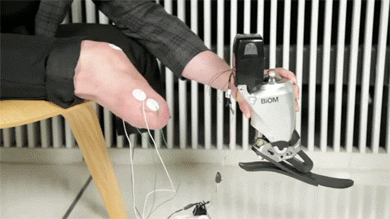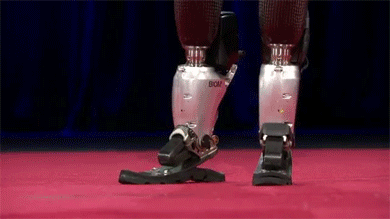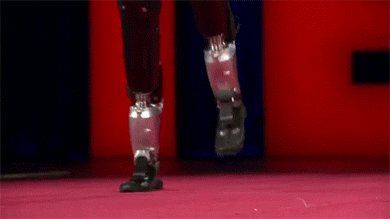Stubborn-turtle-blog
More Posts from Stubborn-turtle-blog and Others
Like Britain, Seattle also takes it as a sign of weakness to use an umbrella

In the early 1750s, an Englishman by the name of Jonas Hanway, lately returned from a trip to France, began carrying an umbrella around the rainy streets of London. People were outraged. Some bystanders hooted and jeered at Hanway as he passed; others simply stared in shock. Hanway was the first man to parade an umbrella unashamed in 18th-century England, a time and place in which umbrellas were strictly taboo. In the minds of many Brits, umbrella usage was symptomatic of a weakness of character, particularly among men. The British also regarded umbrellas as too French—inspired by the parasol, a Far Eastern contraption that for centuries kept nobles protected from the sun, the umbrella had begun to flourish in France in the early 18th century when Paris merchant Jean Marius invented a lightweight, folding version that, with added waterproofing materials, could protect users from rain and snow. In 1712, the French Princess Palatine purchased one of Marius’s umbrellas; soon after, it became a must-have accessory for noblewomen across the country. Later British umbrella users reported being called “mincing Frenchm[e]n” for carrying them in public.
So, what I'm getting is metric vs. imperial is a states' right issue
The United States, much to my own surprise, does use the metric system. But only at the Federal level. The Drug Enforcement Administration seizes kilos of cocaine. Soldiers determine distance by “klicks” or kilometers. The Federal Government of the United States officially works in metric. Adoption of the metric system over the imperial system was left up to the individual state governments, who chose freedom (and not having to pay to re-survey all their land).
And the dancer notes the ballroom














$1,200,000/11 br
Weatherford, TX

The stereoscope was the VR headset of the 19th century.
British scientist Charles Wheatstone developed the first stereoscope in 1838, using side-by-side images and prismatic lenses. By showing the subject from two slightly different angles, the viewer’s brain is tricked into perceiving depth and being immersed in the scene.
This stereoscope was manufactured around 1900 by Brevetés Paris and is in our @cooperhewitt, which has a variety of stereoscope slides in its collection, including depictions of historical moments and camels at the zoo in London.

A great visualization of where the stratosphere is thanks to Mt. Etna.
Does anyone else just examine the marvel that is the human body (not in a sexual way). Like, I’m sitting here right now moving my fingers and watching my ligaments tense and loosen as they pull on the bones that compose the phalanges of my hand. Certain finger positions cause divots to form between the ligaments, while balling a fist causes them to be almost even with the flesh of my hand.
Sorry for the weird ramble. I just find how all the parts of the human body work and fit together to be absolutely fascinating.
The human body is an amazing machine.

We promise we did not use Mad-Libs to write this headline.
Does No One Understand How To Deport A Man?
After visiting the Soviet Union in 1930, Massachusetts-born and reared Burton K. Wheeler, Democratic Senator from Montana, urged that the United States abandon its isolationist policy and extend diplomatic recognition to Russia. He had learned that Britain and France were buying U.S. cotton and selling it to the Russians, and thought that doing business directly with Russia might help pull the United States out of the growing depression.
When a newspaper in Red Lodge, Montana, said that wheeler ought to be deported for urging recognition of a Communist government, the Senator exclaimed: “Where would you deport me – back to Massachusetts?”
Gaming, Science, History, Feminism, and all other manners of geekery. Also a lot of dance
243 posts








